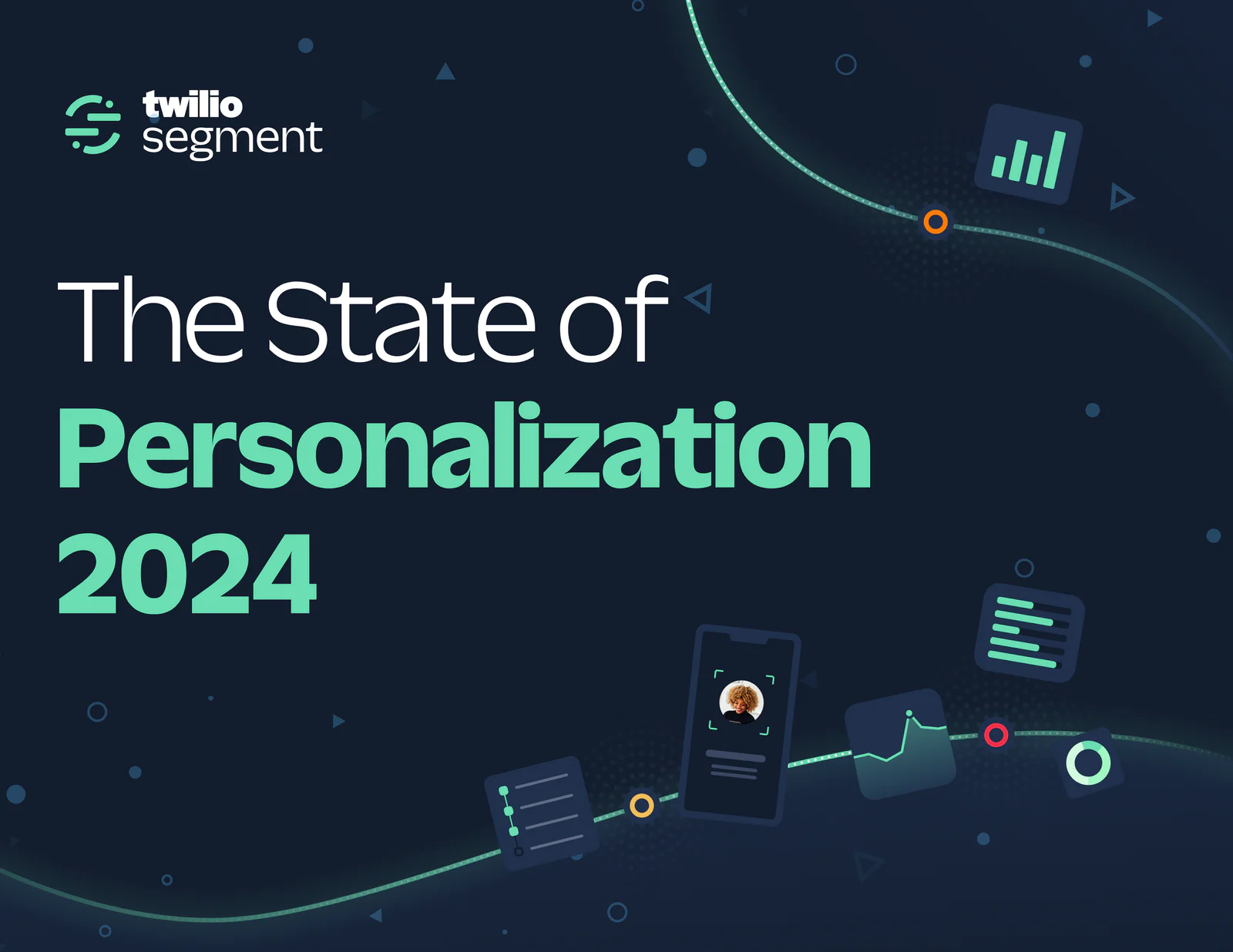In 1876, Alexander Graham Bell made the first-ever phone call. His message was simple: “Mr. Watson, come here, I want to see you.” Even then, communication revolved around personal connections. Over a century later, the methods have evolved, but the principle remains the same: customers want to feel like you understand them.
Today, delivering that personal connection requires more than just a phone line. It takes data—real-time, unified, and actionable—to understand your customers and meet their expectations. That’s where Segment and Twilio come in. Together, they make it possible to send personalized messages, engage customers when it matters most, and build loyalty in ways that Bell could never have imagined.
Personalization starts with real-time customer data
Your customers don’t want generic messages. They expect you to recognize who they are, what they care about, and where they are in their buying journey. The key to meeting these expectations is having the right data—and knowing how to use it effectively.
Segment collects customer data from every touchpoint: websites, mobile apps, emails, in-store interactions, and more. It then resolves this data into unified customer profiles, giving you a complete view of each customer. This real-time data feeds directly into Twilio’s tools, enabling you to engage customers with the right message at the right time, on the right channel.
Example: engaging customers with personalized SMS
Let’s take a real example. Say a customer abandons their cart on your website. With Segment, you can track this behavior and use Twilio to send a follow-up SMS encouraging them to complete their purchase.
But personalization doesn’t stop at sending reminders. You can tailor SMS campaigns based on customer preferences, purchase history, or browsing behavior. If a customer frequently shops for skincare products, you can send them a personalized promotion for a new product launch in that category. By leveraging real-time data from Segment, Twilio ensures your messages are always relevant and timely.
This approach not only improves conversion rates but also strengthens customer relationships. Customers feel valued when they receive messages that align with their interests and needs, making them more likely to engage with your brand.
Reaching customers when they’re ready to act
Timing is everything in customer engagement. A great message sent at the wrong time can easily be ignored. With Segment and Twilio, you can engage customers when they’re most likely to respond.
For instance, Segment’s predictive data can reveal when a customer typically interacts with your app or website. Using Twilio, you can schedule messages to align with these peak engagement times. If a customer tends to shop on weekends, you can send them a personalized discount on Friday afternoon, increasing the likelihood they’ll act on it.

This capability extends beyond timing. Segment can also help you identify signals that a customer is ready to take action, such as repeated visits to a product page or adding items to a wishlist. Twilio’s tools can then trigger a personalized SMS or email, encouraging the customer to complete their purchase or explore related products.
Building loyalty programs for high-value customers
Loyalty programs are one of the most effective ways to retain customers, but a one-size-fits-all approach often falls flat. Segment and Twilio help you create personalized loyalty programs that resonate with your most valuable customers.
Using Segment, you can identify high-value customers based on metrics like lifetime value, frequency of purchases, or engagement levels. Twilio allows you to reach these customers with tailored loyalty incentives, such as exclusive discounts, early access to sales, or personalized rewards.
Case in point: Allergan’s personalized approach
A great example of personalized engagement comes from Allergan, a global pharmaceutical company specializing in aesthetics and eyecare. Allergan uses Segment to power its customer engagement programs, building unified profiles for every provider and patient in its network. By connecting this data to Twilio, Allergan can engage its customers with personalized messages and offers.

For instance, Allergan creates targeted loyalty programs that reward frequent users of its Botox Cosmetic product. By analyzing purchase frequency and treatment intervals through Segment, Allergan sends reminders and tailored incentives to customers nearing the end of their typical treatment cycle, encouraging repeat visits. This personalized approach has increased patient retention and reinforced Allergan’s position as a trusted brand.
Conclusion: driving better engagement with Segment and Twilio
Segment and Twilio together give you the tools to engage customers with personalized, timely, and meaningful communication. By combining Segment’s real-time customer profiles with Twilio’s communication tools, you can send messages that resonate, build loyalty programs that keep customers coming back, and reach people when they’re most ready to engage.
